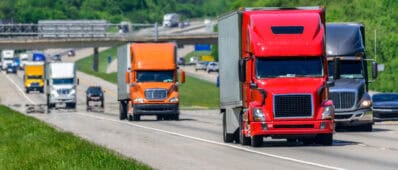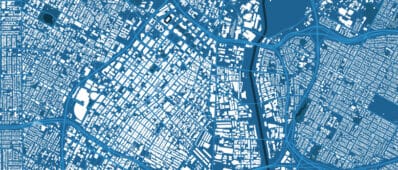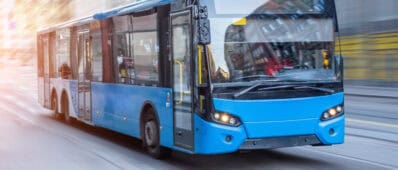Project Summary
Many regions in California have prepared long-term plans for goods movement, recognizing the need to develop freight facilities to accommodate the transformation and growth of logistics in the state. Yet, for most, planning for industrial lands – and related jobs –is an afterthought. The Metropolitan Planning Commission and the Association of Bay Area Governments (ABAG) have thus decided to enact a new program that allows jurisdictions to prioritize industrial uses (the Priority Production Areas or PPAs). PPAs will then be included in the region’s Sustainable Communities Strategies. Although ABAG’s Executive Board adopted the program in early 2017, and it is mentioned in the 2040 Plan Bay Area, the program has not yet been developed. This translational project will help the Bay Area’s regional agencies develop the program. Building on program guidelines suggested by the recent “Goods Movement and Industrial Land Supply” study (funded by Caltrans), this project will interview and convene UC, regional agency, local jurisdiction staff, and economic development organizations to discuss and develop potential guidelines for designating PPAs. UC-Berkeley will also assist by identifying possible incentives and other implementation mechanisms and providing data and analysis to assist jurisdictions interested in participating in the program.










